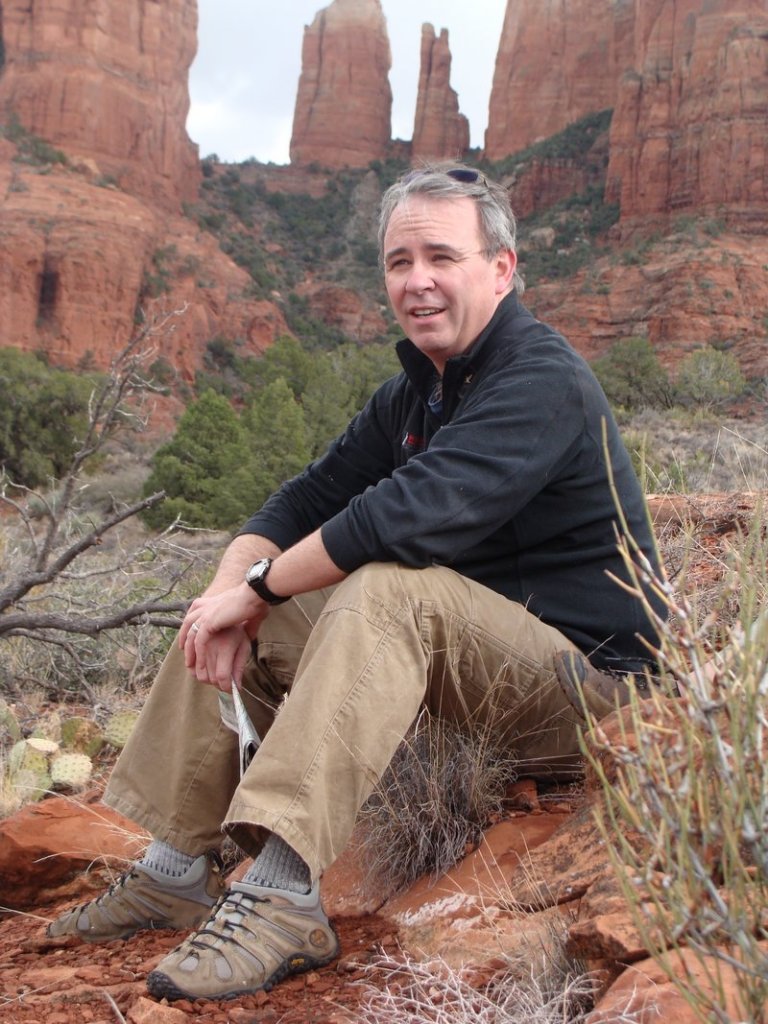Gorham may not be known for too much on the national stage, but for the past six years it’s been home to the Biodiversity Research Institute, a nonprofit started by Dave Evers 12 years ago. Our mystical lake dwellers, loons, are what brought him to Maine.
The organization has practically doubled in size this past year following the massive Gulf oil spill. BRI is involved in assessing damage to Gulf of Mexico wildlife for the U.S. government.
Originally hailing from Michigan, Evers, the organization’s executive director and chief scientist, has a doctorate in conservation biology. His knowledge of loons is now sought by organizations worldwide. And you may have heard of the institute’s “Adopt a Loon” program. Through donations, these magnificent birds are banded and tracked, giving the institute the unique ability to identify individual birds and chronicle their secret lives.
Evers began his doctoral work studying how mercury affects loons. His findings ultimately made it to Capitol Hill, where he went to testify to congressional committees, informing policymakers on steps toward mercury regulation.
Today, the Biodiversity Research Institute has a full-time staff of 45 scientists and researchers. Evers speaks about the organization he founded and how he ended up in Gorham.
Q: How did BRI get off the ground?
A: I came out here in 1993 during my doctoral work on a grant to study loons in the Rangeley Lakes area. I went all over the northern U.S. and Canada to study how mercury affects the birds. In 1996 I returned to finish that work and settled in the Portland area. My first office was in Yarmouth, but I soon jumped to Freeport, Falmouth, and then here to Gorham. At first it was just myself and a couple of seasonal biologists, but as time went on I was able to bring in some other monies and grow the organization.
Q: What is BRI doing around the spill in the Gulf?
A: Through some contacts, I was called down a couple of days after it happened. We work a lot with the U.S. Fish and Wildlife Service, a relationship that started with my prior research.
We work under a regulatory tool called Natural Resource Damage Assessment. When there’s a large site that’s been contaminated, the EPA identifies it as a Superfund Site and a risk assessment is conducted. If there’s a risk to people, wildlife and the ecosystem, the remediation can be millions of dollars. It’s important work that EPA does to protect all us.
If there’s damage, that’s what we specialize in assessing. We capture birds and find the level of contaminants present in their system and equate that to “bird years.” Bird years lost is a way to quantify the damage. Then we calculate how much it would cost to restore those lost bird years … how much has been taken away from the common good.
That’s the sort of world we’re in as an organization: helping the federal government operate as a regulatory tool. We’re helping the government assess the damage to the ecosystem.
Q: You’ve been involved with providing the government with environmental data in the past with your loon work. What was it like testifying before a congressional committee in Washington?
A: I’m very interested in getting the word out there: how the facts are used as a basis for decision-making. I feel like I’m a scientist first, and I like to see science used in many ways and the knowledge get out there.
The world is a shrinking one. Clean air and clean water is pretty important to all of us and is something I think we all tend to take for granted.
Q: What do you like about Maine, and how come you’ve chosen to stay here and raise a family?
A: I really traveled around North America quite a bit for my loon work. I really like Michigan, where I grew up, and I like Montana. I like the fact that Maine has the coast, the North Woods, lakes and mountains, and I like the New England communities. It’s a great combination to enjoy the outdoors and live in an area that thinks progressively.
Q: What’s the future look like for BRI?
A: We have 45 full-time staff now, which is up from 25 that we had before the oil spill. In the summer our part-time folks can swell the ranks to about 80.
It’s a challenge to manage that over time. I think that’s the challenge in front of us, but I think there’s a future in what we do: collecting field data and science for others in a way that’s integral to decision-making. I think of ourselves as collecting science in a neutral way: We’re collecting information that can be used by all.
As long as we contaminate the environment and keep pushing the envelope in the quest to improve our own quality of life, I think there’s a nexus there that will continue to require good scientific data collection.
Don Perkins is a freelance writer who lives in Raymond. He can be reached at:
presswriter@gmail.com
Copy the Story Link
Send questions/comments to the editors.



Success. Please wait for the page to reload. If the page does not reload within 5 seconds, please refresh the page.
Enter your email and password to access comments.
Hi, to comment on stories you must . This profile is in addition to your subscription and website login.
Already have a commenting profile? .
Invalid username/password.
Please check your email to confirm and complete your registration.
Only subscribers are eligible to post comments. Please subscribe or login first for digital access. Here’s why.
Use the form below to reset your password. When you've submitted your account email, we will send an email with a reset code.